ARCHAEOLOGISTS FROM THE JUDEAN KINGS’ TRAIL PROJECT, LED BY THE ISRAEL ANTIQUITIES AUTHORITY, HAVE EXCAVATED A BURIAL CAVE NAMED SALOME CAVE IN THE LACHISH FOREST OF THE JUDEAN LOWLANDS, ISRAEL.
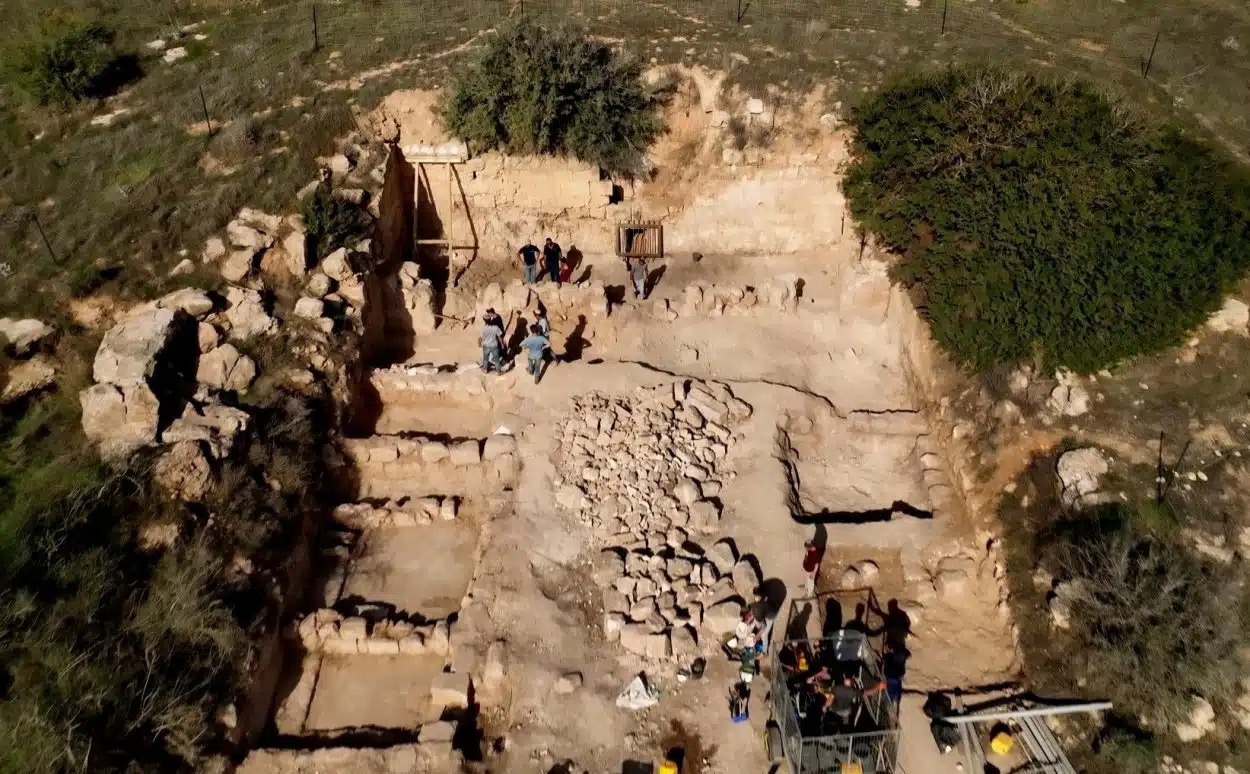
The cave was used during the Byzantine and Early Islamic periods in accordance with Jewish burial customs. There are several chambers containing rock-hewn kokhim (burial niches) and ossuary’s, with the adaptation of the cave into a Christian chapel in later years.
The researchers found engravings of crosses and dozens of Greek inscriptions inscribed on the cave walls in dedication to Salome, a follower of Jesus who appears briefly in the canonical gospels and in apocryphal writings.
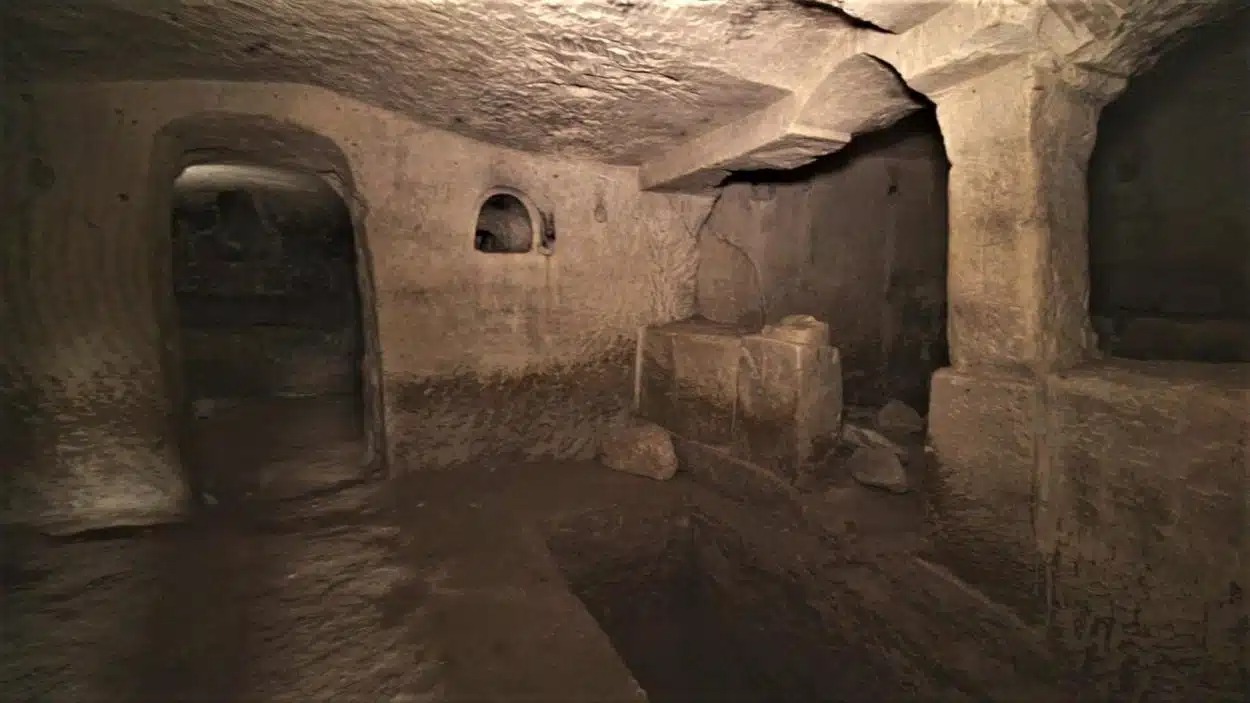
She is named by Saint Mark as present at the crucifixion and as one of the Myrrhbearers, the women who found Jesus’s empty tomb. Interpretation has further identified her with other women who are mentioned but not named in the canonical gospels. In particular, she is often identified as the wife of Zebedee, the mother of Saint James and Saint John, two of the Twelve apostles.
“The name Salome (or in Hebrew: Shalom or Shlomit) was a common Jewish name in the Second Temple-period and was also known in the Hasmonean and Herodian families,” said Excavation Directors of the Southern Region Nir Shimshon-Paran and Zvi Firer, according to an IAA statement.
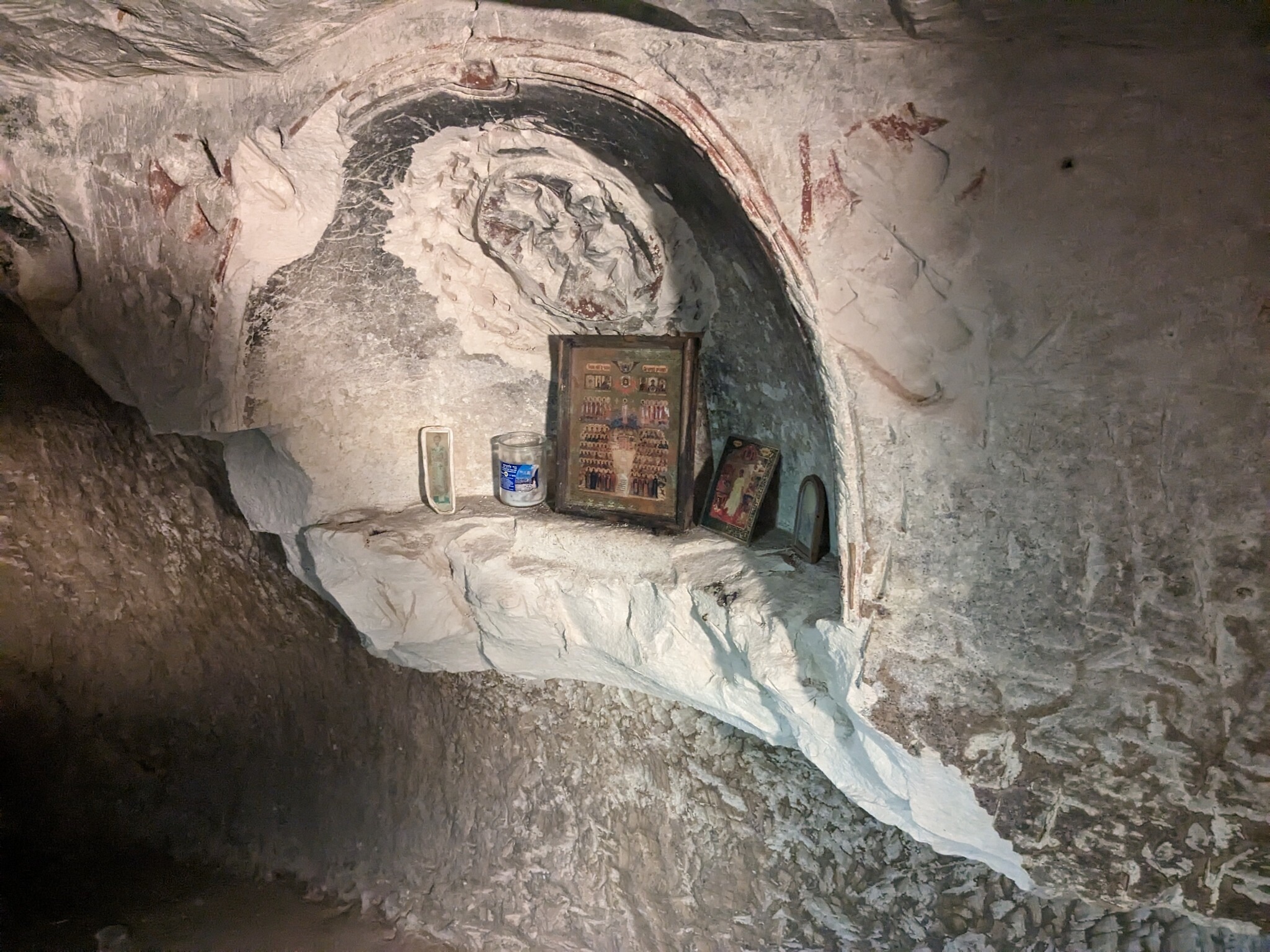
Image Credit : IAA
“According to a Christian tradition, Salome was the midwife from Bethlehem, who was called to participate in the birth of Jesus. She could not believe that she was asked to deliver a virgin’s baby, and her hand became dry and was only healed when she held the baby’s cradle.”
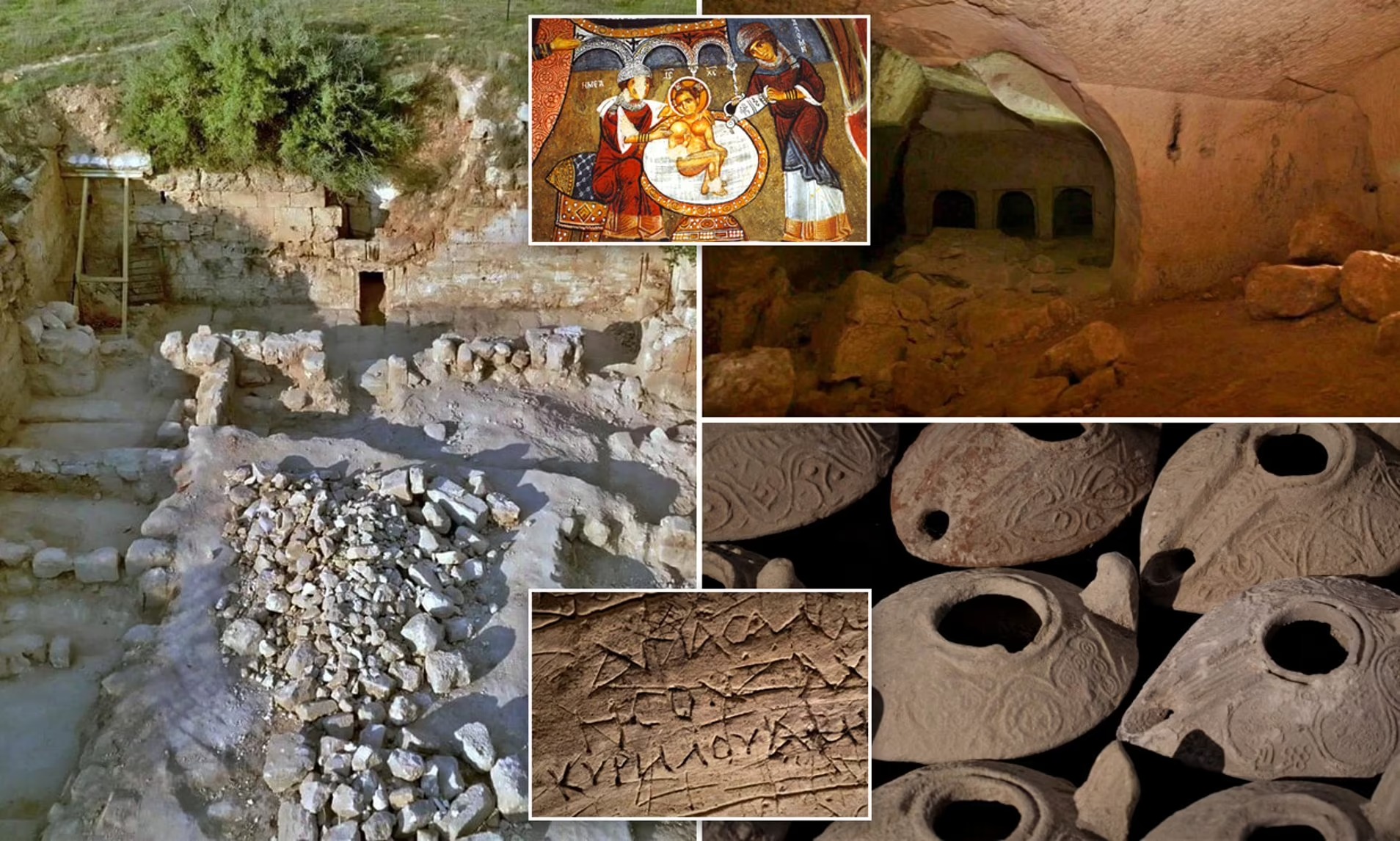
Excavation works to prepare the cave for public access also found a forecourt with mosaic floors and a row of shop stalls that sold or rented clay lamps. Hundreds of complete and broken lamps, along with artefacts from the 8th–9th centuries AD were found in the vicinity of the stalls that were sold to pilgrims who visited the caves, either to illuminate the interior or for religious ceremonies.
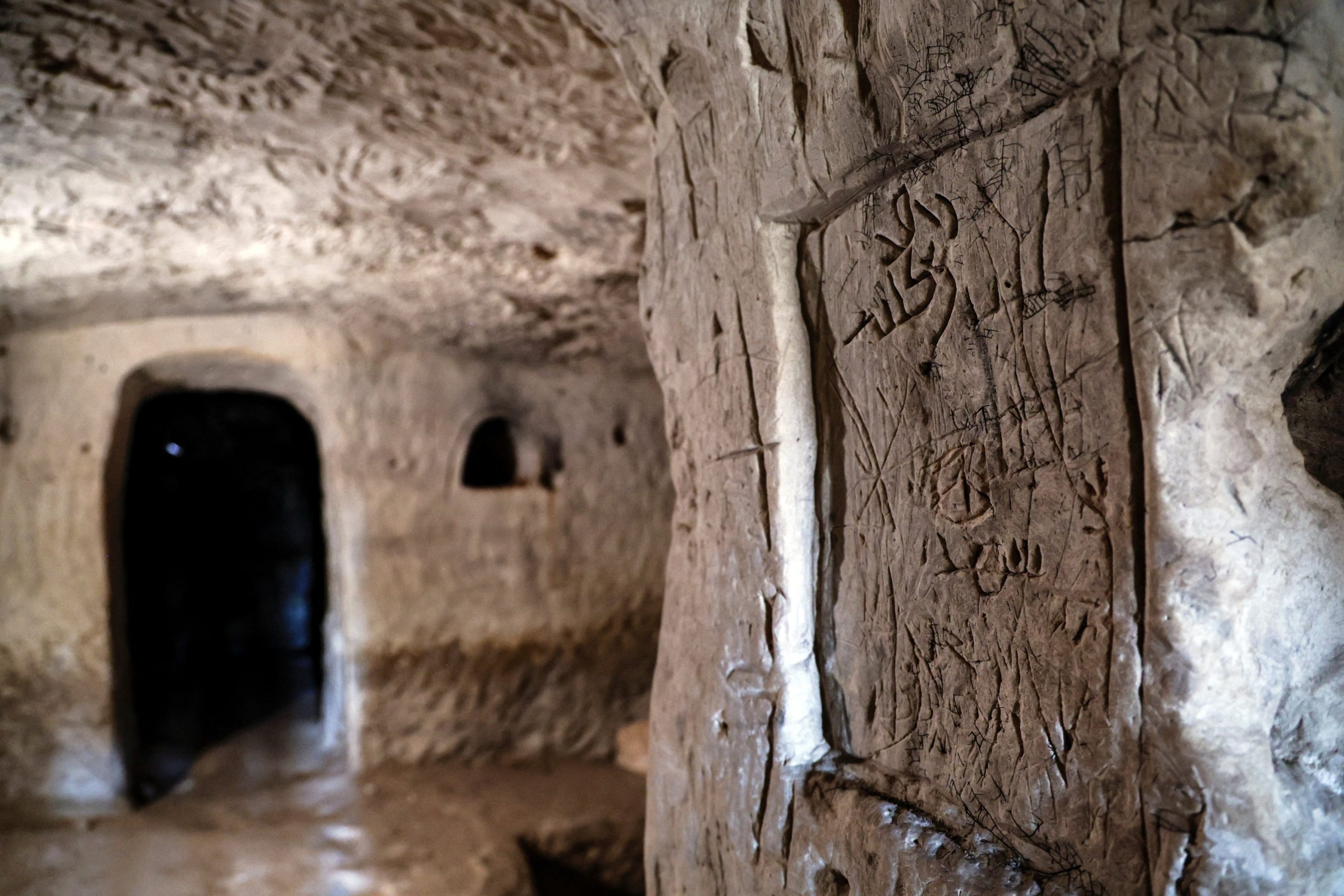
“Salome is a mysterious figure,” say the researchers. “The family tomb attests that its owners were a family of high status in the Judean Shefelah in the Second Temple period. The cult of Salome, sanctified in Christianity, belongs to a broader phenomenon, whereby the fifth century Christian pilgrims encountered and sanctified Jewish sites. The name Salome may possibly have appeared in antiquity on one of the (no-longer extant) ossuary’s in the tomb, and the tradition identifying the site with Salome the midwife developed, the cave becoming venerated by Christianity.”
According to Saar Ganor, the Israel Antiquities Authority Director of the Judean Kings’ Trail Project: “Once the restoration and development works are completed, the forecourt and the cave will be opened to the public, as part of Judean Kings’ Trail Project in cooperation with the Jewish National Fund and the Ministry for Jerusalem and Heritage.
Leave a Reply